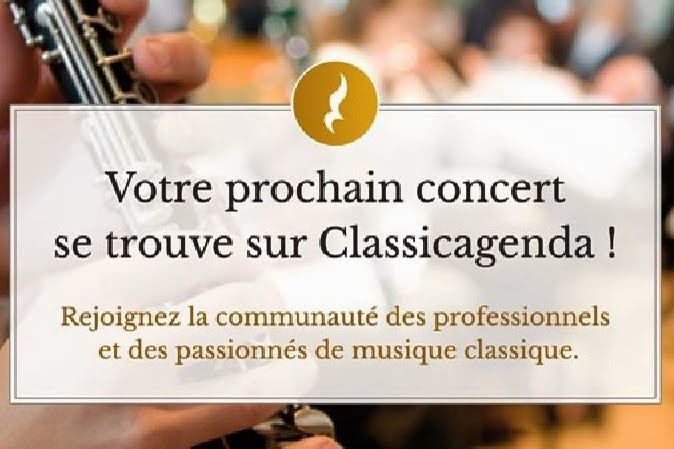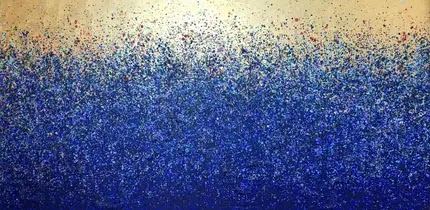
Rue Didot
is a quite « normal » street in the 14th arrondissment. What is also
normal in this arrondissement is that, looking to the right or the left, you
will find a number of small streets and alleys… Rue Didot crosses also “La Petite Ceinture” (the “Little Belt” – see previous posts
here) which also here soon will be made into a nice walking space.
All the
little side streets and alleys are covered with cobblestones, even being
renewed.
It’s
obvious that many of the buildings have been workshops, some have been, or are, artist
studios…
… like this – modern – one. Looking through the front windows I could see
Winston Churchill in a plaster cast version. It became obvious that this must
be the studio of Jean Cardot. You can find the statue of Winston close to the Petit Palais (see
here and here). Cardot is also the one who e.g. made the statue of Charles de
Gaulle, in front of the Grand Palais (see here) and of Thomas Jefferson in
front of the Palace of the Legion of Honour (see here).
Wikipedia
states that a building in another little alley should have been the place where
another sculptor, Auguste Bartholdi, made the first version of the Statue of
Liberty. This seems more than doubtful… the years, nothing corresponds. Well, I
have talked about this statue a number of times (see e.g. here and here)
Well, there
are some flowers around also.
Someone
found and uses an Italian mail box.
Here are a few more, general, views from the different small streets and alleys - Villa Collet, Villa
Deshayes, Villa Duthy, Villa Jamot, Villa Mallebay, Rue Ledion…
One of the
nice little houses was once the home of a leading WWII resistant, Raymond Losserand,
who was caught and shot by the occupants in 1942. His wife, Louise, was also
captured and was deported to Auschwitz, later to Ravensbrück and Mauthausen. She
survived. There is now a Rue Raymond-Losserand in Paris and also a little Place
Louise-Losserand.
In the
southern part of Rue Didot there used to be some industrial and hospital
buildings, now partly transformed to more social and even some artistic activities
- the Red Cross is also present.









































































